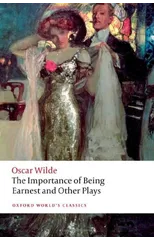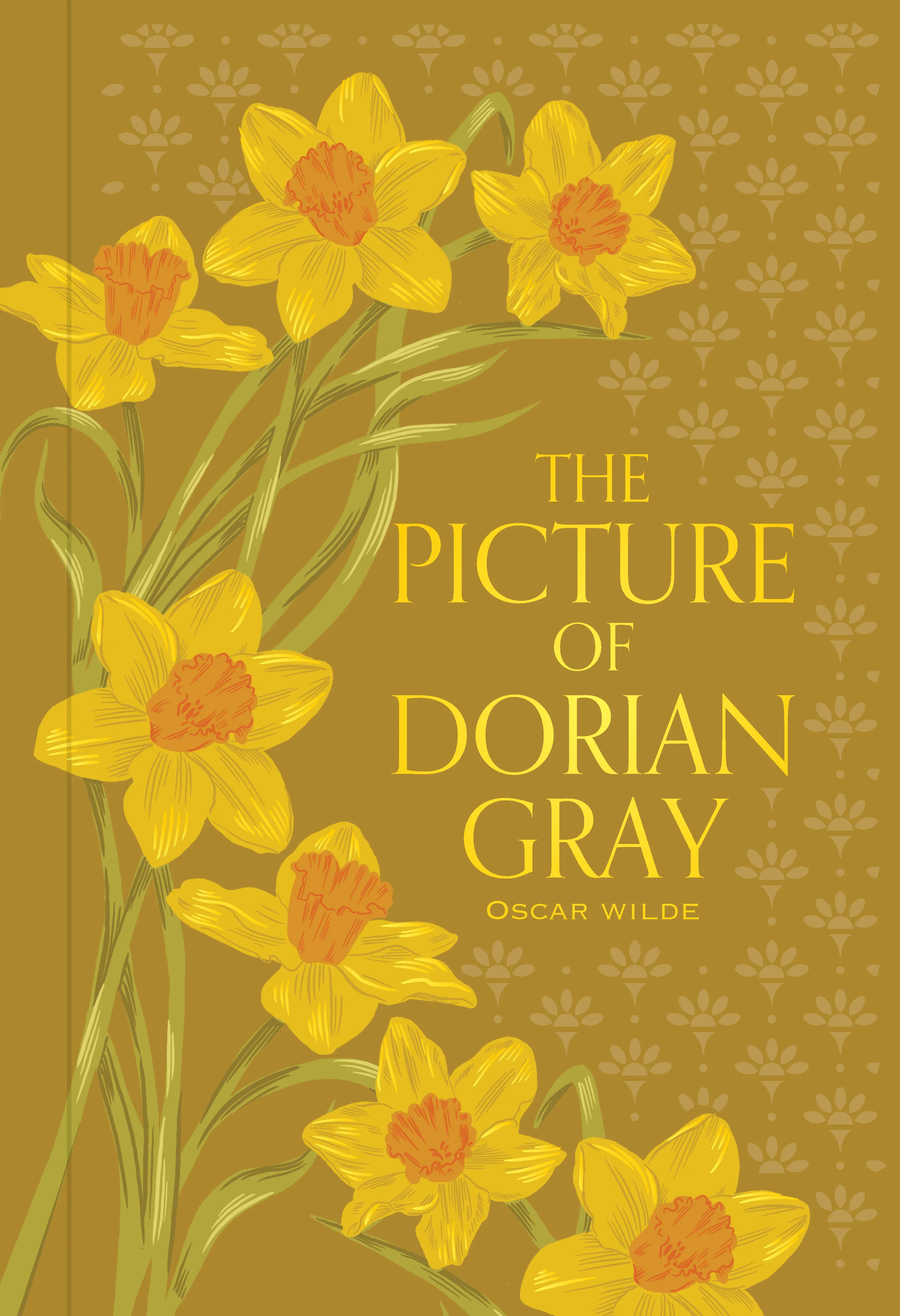The first version of The Picture of Dorian Gray was published as the lead story in the July 1890 edition of Lippincott's Monthly Magazine, along with five others. The story begins with a man painting a picture of Gray. When Gray, who has a "face like ivory and rose leaves", sees his finished portrait, he breaks down. Distraught that his beauty will fade while the portrait stays beautiful, he inadvertently makes a Faustian bargain in which only the painted image grows old while he stays beautiful and young. For Wilde, the purpose of art would be to guide life as if beauty alone were its object. As Gray's portrait allows him to escape the corporeal ravages of his hedonism, Wilde sought to juxtapose the beauty he saw in art with daily life.
Oscar Wilde
Oscar Wilde was an Irish playwright, novelist, and essayist known for his wit, flamboyant style, and sharp social commentary. His most famous works include the play "The Importance of Being Earnest" and the novel "The Picture of Dorian Gray," both of which explore themes of identity, morality, and societal expectations. Wilde's writing is characterized by clever wordplay, satirical humor, and a keen observation of human nature. He was a key figure in the aesthetic and decadent movements of the late 19th century and is considered one of the most important voices in British literature. Wilde's impact on literature can be seen in his subversion of conventional Victorian norms and his pioneering use of irony and paradox.




